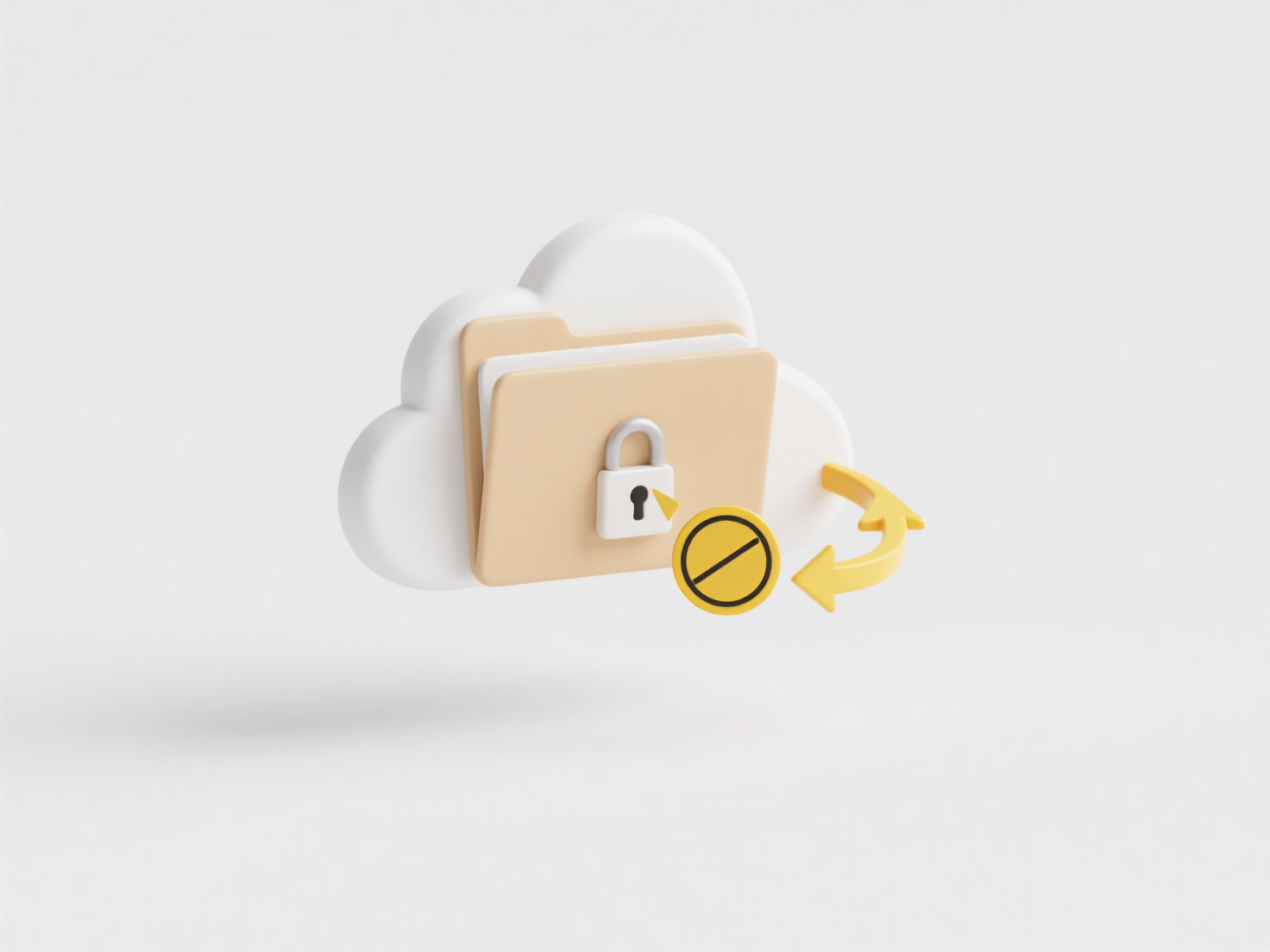
Securely sharing files with government agencies involves using specialized methods that ensure confidentiality, integrity, and authenticity. Unlike standard email attachments or cloud storage links, this requires robust encryption during transit and at rest, along with strict identity verification for all parties. It often necessitates using government-approved platforms or protocols designed to meet stringent security standards, preventing unauthorized access and tampering.

For instance, defense contractors frequently use Secure File Transfer Protocol (SFTP) or Managed File Transfer (MFT) solutions accredited by agencies like DISA to submit classified documents. Tax professionals commonly employ encrypted portals provided by the IRS or state revenue departments to transmit sensitive taxpayer information electronically.
The primary advantage is enhanced protection against data breaches critical for national security and citizen privacy. However, complexity and rigid protocols can hinder usability and efficiency. Future developments include wider adoption of standardized FedRAMP-approved cloud solutions, offering stronger security alongside improved collaboration capabilities for authorized entities.
How do I share files with government agencies securely?
Securely sharing files with government agencies involves using specialized methods that ensure confidentiality, integrity, and authenticity. Unlike standard email attachments or cloud storage links, this requires robust encryption during transit and at rest, along with strict identity verification for all parties. It often necessitates using government-approved platforms or protocols designed to meet stringent security standards, preventing unauthorized access and tampering.

For instance, defense contractors frequently use Secure File Transfer Protocol (SFTP) or Managed File Transfer (MFT) solutions accredited by agencies like DISA to submit classified documents. Tax professionals commonly employ encrypted portals provided by the IRS or state revenue departments to transmit sensitive taxpayer information electronically.
The primary advantage is enhanced protection against data breaches critical for national security and citizen privacy. However, complexity and rigid protocols can hinder usability and efficiency. Future developments include wider adoption of standardized FedRAMP-approved cloud solutions, offering stronger security alongside improved collaboration capabilities for authorized entities.
Quick Article Links
How do I roll back a file stored locally vs in the cloud?
Rolling back a file means restoring a previous version. Locally, this relies on either your own backups (like copies sav...
What’s the best way to manage creative assets?
Creative asset management involves organizing, storing, and retrieving digital files like images, videos, logos, design ...
How do I verify whether two files are truly identical?
Verifying file identity means confirming that two files contain the exact same sequence of bytes, not just sharing the s...